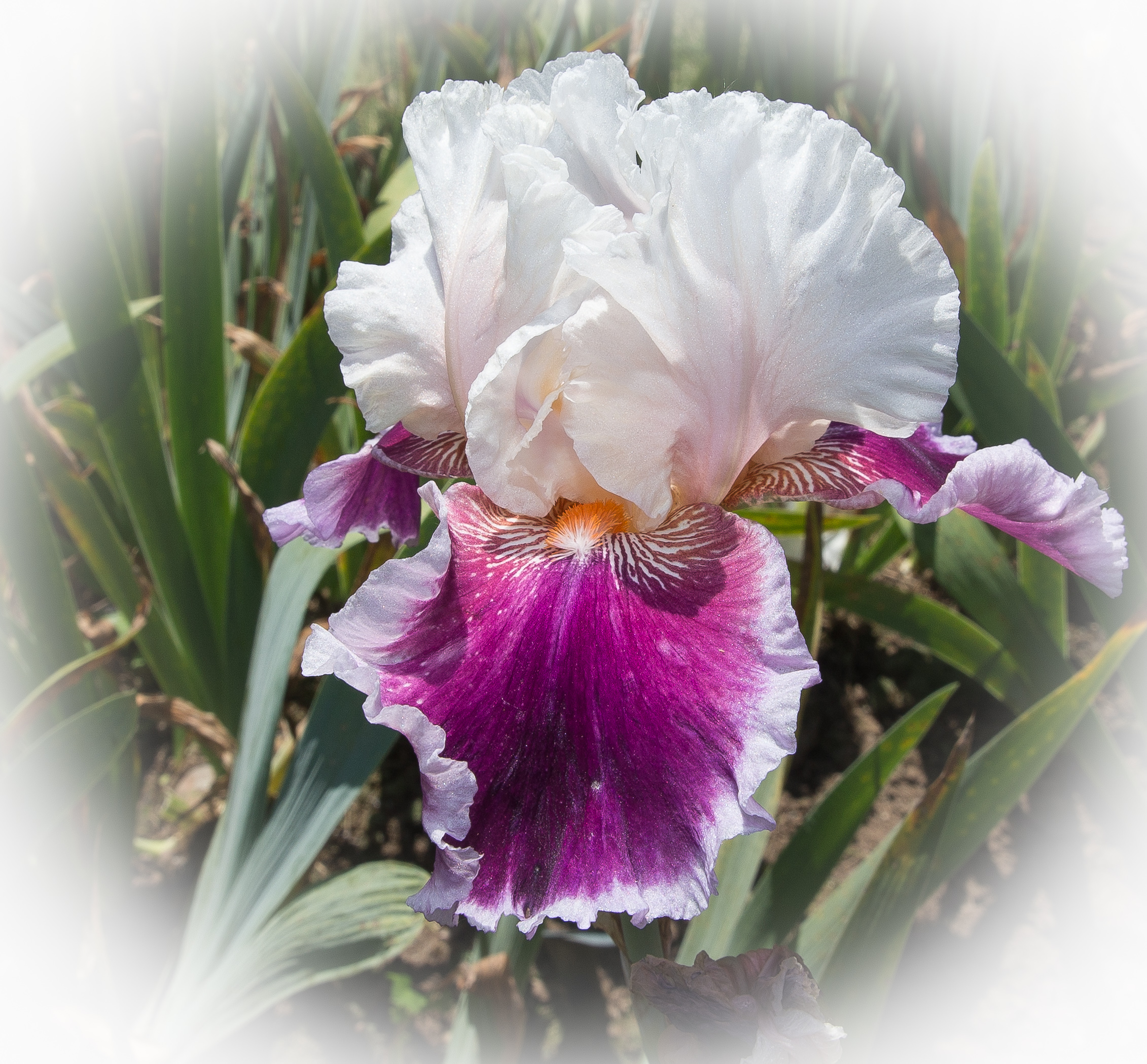It’s pretty obvious that there’s little we all agree on. In politics, science, religion, news reporting, moral issues, the role of government in our society. Today, one person’s facts are just an opinion to someone else.
Well, a little research on google suggests there’s one thing we all like – universally across all cultures and throughout millennia – flowers.
And perhaps one of the most remarkable specimens is the Iris. The image below was captured at the Presby Iris Garden in Upper Montclair, New Jersey.
Iris comes from the Greek word for rainbow. Some other colors in the Iris spectrum can be seen here:
OK, flowers smell good and are pretty to look at. But sometimes the things we most take for granted, and the reasons we accept for their being, hide the real question: in this case why do flowers appeal to us in sight and fragrance and why do they make us happy so universally.
Maybe it’s just that flowers are perfect and our lives aren’t? Such speculations tend to generate more opinion than fact, more heat than light, etc.
There’s another intriguing theory that flowers are the harbingers of fruit, as in sustenance and survival. For that idea to resonate one has to accept two other possibilities. That eons ago in our pre-supermarket hunter-gatherer days, we associated flowers and blossoms with sustaining fruit to come. And that such ancestral memories, laid down deep in our brainstems, survive today, bubbling up in delight from the unconscious in the presence of blooms and blossoms.
Still another possibility is that flowers remind us of a strong procreative force. During pollination, there’s a lot of sex going on in the flower world of carpels and stamens. Birds and the Bees, etc. Valentine’s Day. I’ll stop there since my blog is PG rated.
Here’s some floral history. Flowers have been around for about 130 million years, a long time but not so long in the grand scheme of things. Scientists believe that in an hour of earth’s geologic existence, flowering plants have only lived in the last 90 seconds. One geneticist suggests humans have been cultivating flowers for about the last 5000 years, beginning with sparing them as they cleared the land for agriculture. Another plant historian goes back further some 14 thousand years, claiming ancient burial pits in Israel show evidence of stems and flowers. Egyptians placed them in vases while Greeks and Romans wore them in garlands and wreathes.
Now, specifically about Irises – there are some 300 species of these complex beauties. And most are specifically designed vis a vis their fertilization structure to avoid self-pollination. That is, the flower’s apparatus only allows the deposit of new pollen from the carrier insect while entering, and the removal of the host’s pollen when leaving. Ingenious.
Some Irises have been used to clean up ponds and streams because their roots absorb pollutants but at the same time they can be so invasive as to be banned from this purpose.
There is some controversy about whether or not the Iris or the Lilly (two different flowers) is the source of inspiration for the ubiquitous fleur-de-lis symbol in coats of arms, country and state flags, or even as part of the scouting traditional attire.
Irises have been used in perfume and medicine and most importantly for martini aficionados, in Bombay Sapphire Gin.
Finally, as most art lovers know Irises were a favorite subject of Vincent Van Gogh, the most famous of which was painted in 1889 just before he died while in an asylum in Saint-Rémy-de-Provence, France.
I think we can get pretty much total agreement that this is a beautiful work of art.


